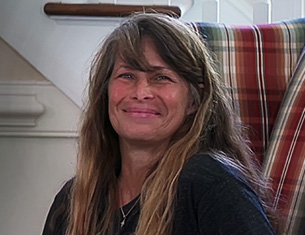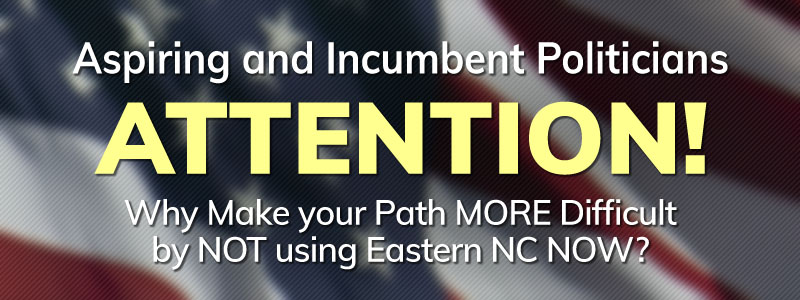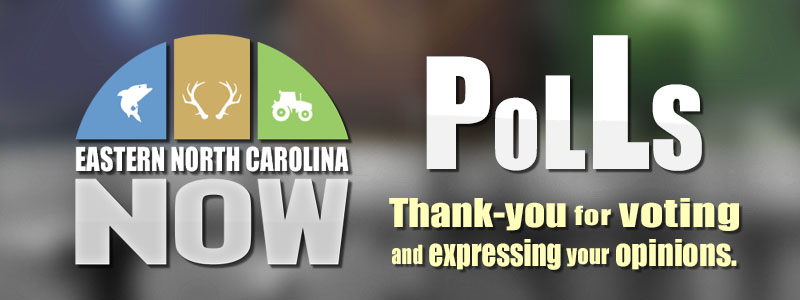Publisher's note: The author of this post is Dr. Terry Stoops, who is the Director of Education Studies for the John Locke Foundation.
Federal report shows uptick in education school enrollment
Teacher education will be a hot-button issue in North Carolina's gubernatorial race this year. Democrats accuse Republicans of disrespecting the teaching profession and thus discouraging college-bound students from pursuing education as a course of study.
Empirical evidence does not appear to substantiate Democrats' claims. It seldom does.
Last week, the US Department of Education released the 2015
Title II reports. Title II of the Higher Education Act of 1965 (reauthorized in 2008) requires states to submit descriptive data on teacher preparation programs and state teacher licensure annually. The 2015 release reflects data from the 2013-2014 school year. Please note that there is much more Title II data than this overview can provide.
Nationwide education school enrollment fell by 7.4 percent between 2013 and 2014. On the other hand, North Carolina had a 4.4 percent enrollment increase in the state's alternative and traditional teacher preparation programs during the same period. There was also a very slight increase in the number of students who completed their teacher preparation program.
While alternative pathways to the teaching profession are important, traditional teacher education programs are critical to ensuring that the state has a sufficient number of candidates to fill thousands of annual teaching position vacancies. North Carolina was one of only 13 states to boost its traditional program enrollment in 2014. Oklahoma and Kentucky had the largest percentage decreases in this category. Nevada and Vermont enjoyed double-digit gains.
That said, most states have seen a sizable drop in teacher preparation enrollment over the last few years, and North Carolina is no exception. The state's 2014 enrollment of 14,318 students remained significantly lower than the 20,245 student enrollment peak attained two years earlier.
A closer look at the number of individuals prepared in traditional or alternative teacher education programs in North Carolina reveals huge disparities in credential areas. For example, North Carolina teacher education programs prepared only 18 biology teachers, three chemistry teachers, and one physics teacher in 2014. Middle grades and general science teachers fell short of 300 teachers. Similarly, North Carolina's traditional and alternative education programs prepared fewer than 350 general and middle grades math teachers. Given the increasing demand and competitive market for science and math teachers, these figures are worrisome. Targeted pay incentives for certified teachers in these fields may help.
On the other hand, traditional and alternative education programs prepared over 1,700 elementary (grades K-6) teachers. Most promising is that prospective special education teachers (across all specialty areas) totaled close to 500, although that will fall short of addressing the state's shortage of teachers in these areas. These institutions also prepared over 450 middle grades language arts, reading, and general English teachers. The supply of English and language arts teachers, however, often outpaces the demand.
Enrollment and program preparation are key indicators of teacher supply, but we also want them to obtain their initial teaching credential, that is, the first teaching certificate or license issued to an individual by the NC Department of Public Instruction. In 2014, nearly 4,400 North Carolina-trained teachers received their initial credential. The NC Department of Public Instruction also awarded nearly 2,400 teaching licenses to those who completed their teacher preparation program in another state. Each were lower than the number of initial licensees granted in 2013.
North Carolina's teacher preparation programs continue to look for ways to boost enrollment and address shortage areas in math, science, and special education. But it is important to keep those struggles in perspective. Enrollment declines and subject area shortages are occurring in states that have very different political configurations and higher levels of public school spending. Thus, it is foolish to blame the NC General Assembly or Governor McCrory for a phenomenon that nearly all states have in common.

























